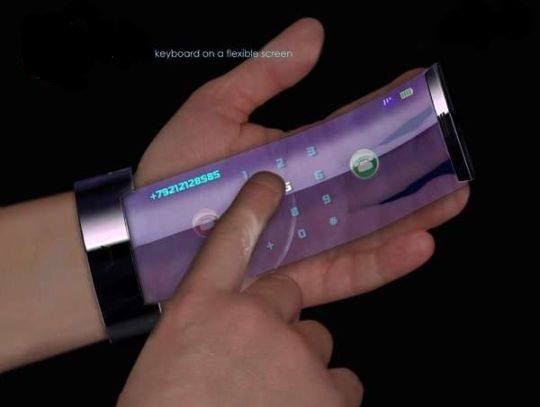End of pollution? Scientists can now strip away harmful C02 emmissions using a laser
SUMMARY: Scientists have found that when you shine ultra-violet laser light into harmful CO2 gases, the C02 atoms separate leaving only oxygen molecules. Meaning, you can create oxygen almost anywhere, even in space. – SB
Earth’s atmosphere wasn’t always full of life-giving oxygen — a billion years ago, our planet was once a choking mixture of carbon dioxide and other gases, more like the atmosphere of Mars or Venus.
Flash forward 300 million years later, the rise of plants & vegetation turned that carbon dioxide into oxygen through the chemical reaction of photosynthesis. Now, a new study suggests there may be another way to make oxygen from carbon dioxide, using ultraviolet light.
When standard light shines on CO2 emissions the light is absorbed. However, when Ultra-Violet laser light shines on CO2 compounds, the UV laser light causes separation of carbon monoxide (CO) and an oxygen atoms (O) from one another. The theory is that carbon dioxide could potentially be stripped away from the oxygen molecule says Professor Sajung Ng from the Bejing Institute of Science.
 Ng and his colleagues have designed a one-of-a-kind instrument to split up carbon dioxide, using ultraviolet laser light in a vacuum. The device consists of two lasers — one to split the CO2, and one to detect the fragments produced.
Ng and his colleagues have designed a one-of-a-kind instrument to split up carbon dioxide, using ultraviolet laser light in a vacuum. The device consists of two lasers — one to split the CO2, and one to detect the fragments produced.
“This machine is very unique, there is nothing like this anywhere in the world a” Ng said.
When the researchers shone the first laser on the carbon dioxide, the second laser detected O2 molecules and carbon atoms, suggesting a small amount of carbon dioxide (about 5 percent) was turned into oxygen. Though small, that’s enough to show that it’s possible to produce oxygen from CO2 by a nonbiological process, Ng said.
Finally, the researchers hinted that it may be possible to use this technique to make oxygen in space or on other planets. But first, more studies are needed to verify the fundamentals of how this reaction occurs, the scientists said.
One reason the experiment hadn’t been done before is due to the difficulty of creating intense vacuum ultraviolet light, Ng said. One way is to use a particle accelerator called a synchrotron, but the laser in Ng’s lab is 10,000 to 1 million times brighter than those produced by existing synchrotrons, he said.



















































